1.1 Introduction
Botulinum toxin type A (BoNT-A) is a neurotoxin produced by the gram-negative, rod-shaped bacterium Clostridium botulinum . It causes muscle paralysis through inhibition of acetylcholine release at the neuromuscular junction. Since the ingenious American ophthalmologist Dr. Alan Scott first used the BoNT-A to treat patients with strabismus, BoNT-A exploded in popularity and has since been used in treating a number of inappropriate excessive muscle contractions including blepharospasm and cervical dystonia. In the late 1980s, during a clinical study for treating blepharospasm with BoNT-A, a Canadian ophthalmologist, Jean Carruthers, observed that patients participating in the study wanted to continue to receive BoNT-A injection despite of improvement of blepharospasm because glabellar lines and periorbital lines disappeared along with blepharospasm. She mentioned this interesting observation to her husband, Alastair Carruthers, a dermatologist. This led to publish the worlds first article using BoNT-A for wrinkle treatment []. Since then BoNT-A has become a byword for the treatment of wrinkles.
Since approved to treat blepharospasm and strabismus by the US FDA in 1989, BoNT-A has continued to expand its indication for the treatment of inappropriate excessive muscle contractions including cervical dystonia (approved by the US FDA in 2000), focal upper limb spasticity (approved by the US FDA in 2010), detrusor overactivity (neurogenic bladder) (approved by the US FDA in 2011), juvenile cerebral palsy, stroke (for rehabilitation therapy), and anal fissure. The BoNT-A has also been proven highly effective in treating focal hyperhidrosis of the axillae (approved by the US FDA in 2004), palms, and soles, since it inhibits secretion of the eccrine sweat glands innervated by the sympathetic nervous system. In addition, though exact mechanism is not elucidated in humans yet, it was found in an animal experiment that the BoNT-A inhibited secretion of pain-inducing neurotransmitters such as substance P. Pain relief such as in chronic migraine (approved by the US FDA in 2010) is an another good example of the continually broadening applications of BoNT-A.
The use of BoNT-A for aesthetic purposes is also beyond traditional wrinkle treatment. For example, intradermal BoNT-A, considered as a full package of antiaging effects that BoNT-A can deliver, is not only for the reduction of dynamic facial wrinkles but also for the reduction of static wrinkles and pore sizes, as well as creating the so-called perceived lifted look. Whats more, nonsurgical cosmetic treatments such as facial contouring and body contouring based on the principle of disuse muscle atrophy have recently come in to the limelight.
Indeed, BoNT-A is a so fantastic drug continuously expanding its applications in various fields such that the term botoxology may be used for this new field of study. However, this new realm of study requires more organized and evidence-based knowledge. In this chapter, basic science and some important knowledge for BoNT-A will be covered in order to deal with particular indications.
1.2 Terminology Related to Wrinkles
Translating this text into English proved difficult from the beginning especially choosing terminology related to wrinkles. I found the terms used to describe wrinkles are not well defined. Several words, such as wrinkle, rhytid, line, crease, groove, and fold, share similar definitions and may be used interchangeably from source to source. Facial expression wrinkles can be classified into dynamic and static wrinkles; however, the word dynamic can be sometimes expressed as hyperfunctional or hyperkinetic depending on the authors. The literatures often refer to lines in describing regional wrinkles on specific areas of the face with a combination of other words such as bunny lines. In addition to this, different researchers utilizing different terminology present obvious challenges. I think precise definition and agreement of the terms related to wrinkles are necessary.
Severity is another problem when selecting wrinkle terminology. Adjectives such as deep, severe, and fine can be used to describe wrinkles with a combination. Though image analysis seems to be more thorough than clinical assessments of severity, common terms are necessary for communication between doctors and patients. With consideration to the above, I will define the terms below with precise definitions and additional explanation. These terms will be used throughout the text.
Facial wrinkles and aging signs in Asians are shown in 70-year-old Korean man (Fig. ).
Fig. 1.1
Facial wrinkles in Asians
1.2.1 Basic Terminology Related to Wrinkles
Wrinkle
This term is the most common word for the general public and covers the most comprehensive concept. Dermatologists use this term when explaining general aspects such as wrinkle treatment, wrinkle severity, and wrinkle prevention.
Rhytid
Etymologically, this term is Greek in origin. The rhytid (pluralized as rhytides) has essentially the same meaning of wrinkle []. I used the term wrinkle instead of literary expression rhytid in this book except lateral canthal rhytides if possible. Except when referencing specific literature from the past, I think this term rhytid should be avoided in communication with patients and the general public.
Line
Lines are most commonly interchangeable with wrinkles. However, lines usually mean a mild form of wrinkles in severity or wrinkles which are not caused by aging process such as horizontal necklines and bunny lines. Lines sometimes describe the wrinkle in certain locations, such as bunny lines, marionette lines, infraorbital lines, horizontal forehead lines, glabellar frown lines, and preauricular lines.
Crease
Crease is also interchangeable with wrinkles and lines. However, a crease is conceptually similar to a mild form of wrinkles in severity. And crease sometimes describes the specific wrinkle in certain locations, such as labiomental crease and proximal wrist crease.
Fold
The term fold is quite limited in use but can be used when describing a nasolabial fold, a Mongolian fold (epicanthal fold), and a labiomandibular fold. A fold is conceptually similar to a wrinkle, but with nuances such as linear depression and a mild recurved margin on one side, like pleating. I did not use fold in other situations except to describe the words mentioned above.
Groove
The term groove is quite limited in use but can be used when describing a nasojugal groove and a palpebromalar groove. A groove is conceptually similar to a wrinkle, but with nuances such as shallow linear depression, which is slightly wider than a line.
1.2.2 Functional Aspect
Static Wrinkle
Defined as wrinkles unaffected by facial expressions. Commonly referred to as wrinkles at rest, I believe the term static wrinkle is clearer and more illustrative.
Dynamic Wrinkle
The opposite of a static wrinkle, dynamic wrinkles are reversible wrinkles caused by contractions of facial expression muscles. Commonly referred to as wrinkles at animation, I believe the term dynamic wrinkle is clearer and more illustrative.
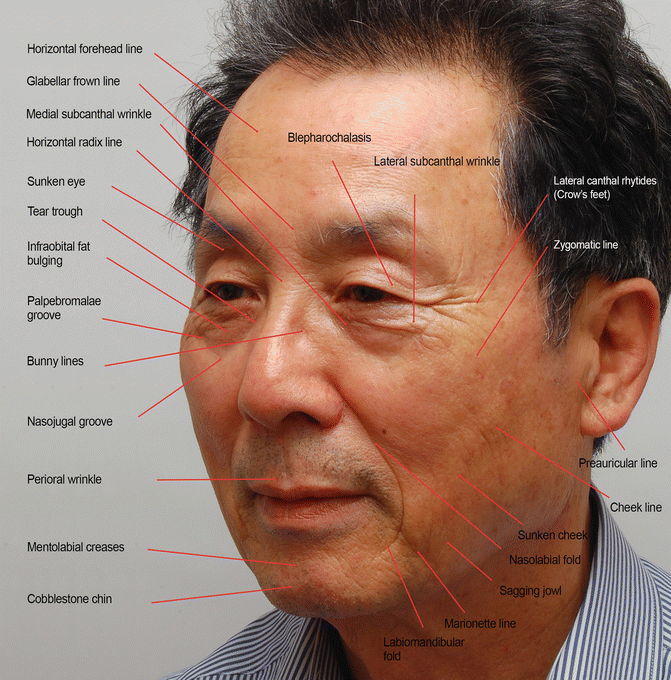

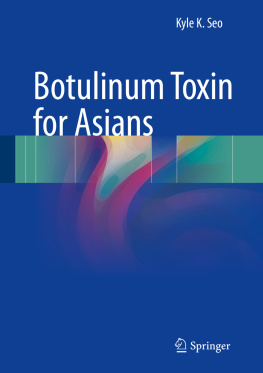
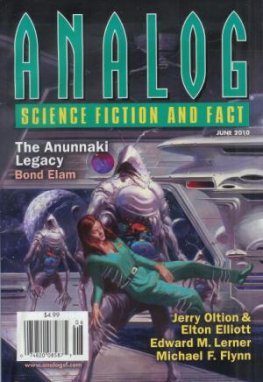
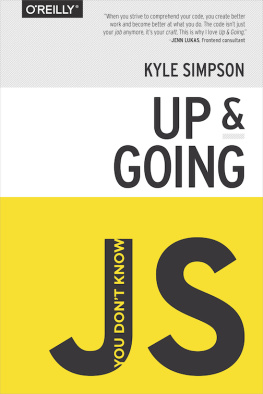





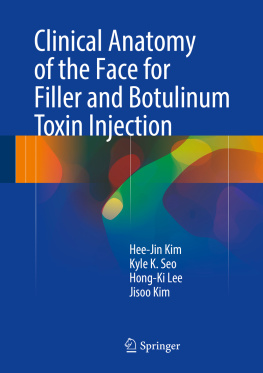
![Kyle Simpson [Kyle Simpson] - You Don’t Know JS: Up & Going](/uploads/posts/book/121420/thumbs/kyle-simpson-kyle-simpson-you-don-t-know-js.jpg)
